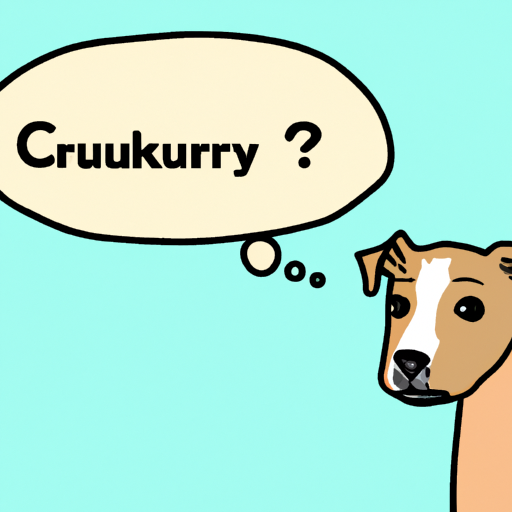As a caregiver, your instinct is to provide the utmost care and understand every whimper, bark, or growl of your furry friend. So, what does it mean when dogs growl? Let’s dive in and explore this topic.
Understanding the Canine Language
Dogs communicate their feelings and intentions through various sounds, body language, and facial expressions. Growling is a significant part of their vocal communication.
- Warning Growl: Dogs growl to warn or fend off perceived threats.
- Fear Growl: If a dog is scared or anxious, they might growl to express their discomfort.
- Playful Growl: Dogs often growl while playing as a form of mock aggression.
Understanding these different types of growls can help you better cater to your pet’s needs and emotions.
The Warning Growl
A warning growl signifies that your dog is uncomfortable with the current situation. It’s their way of saying, “Back off.”
- Never punish a dog for growling as it’s their way of communicating discomfort.
- Instead, try to identify the source of their discomfort and remove it if possible.
| Common Triggers | Description |
|---|---|
| Touching Sensitive Areas | Dogs might growl if they are touched in sensitive areas, especially if they are injured. |
| Resource Guarding | Dogs often growl to protect their food, toys, or favorite spots. |
The Fear Growl
A fear growl can be more intense than a warning growl. It’s your dog’s desperate plea for help.
- Try to identify and remove the source of fear.
- You can help your dog overcome their fears with patient training and positive reinforcement.
The Playful Growl
Playful growling is a normal part of dog play and is usually accompanied by relaxed, wiggly body movements.
- Encourage healthy play but always supervise to ensure it doesn’t escalate into aggression.
- If the play gets too rough, separate the dogs and give them time to calm down.
How to Respond to Growling
When your dog growls, it’s essential to stay calm and not react harshly. Here are some steps to handle growling:
- Identify the type of growl.
- If it’s a warning or fear growl, try to calmly remove the source of discomfort.
- If it’s a playful growl, ensure the play doesn’t escalate into aggression.
- Consult with a professional dog trainer or behaviorist if the growling continues or escalates.
FAQ
Q: Should I punish my dog for growling?
A: No, growling is a form of communication for dogs. Instead of punishment, try to identify and address the root cause.
Q: Is growling always a sign of aggression?
A: No, dogs can also growl when they’re playing or if they’re afraid.
Q: What should I do if my dog growls at strangers?
A: Consult a professional dog trainer or behaviorist. They can help identify the cause and provide solutions.
Q: Can growling be a sign of pain?
A: Yes, if a previously friendly dog suddenly starts growling, it could be a sign of discomfort or pain.
Remember, as a caregiver, your role is to provide a safe and comfortable environment for your furry friend. Understanding their language, including growls, is a significant step towards fulfilling this role.



